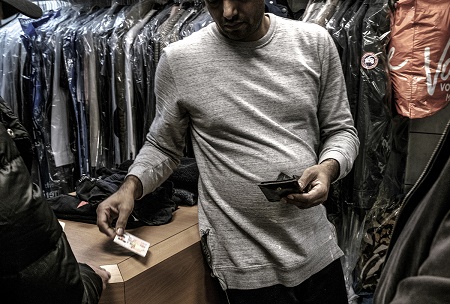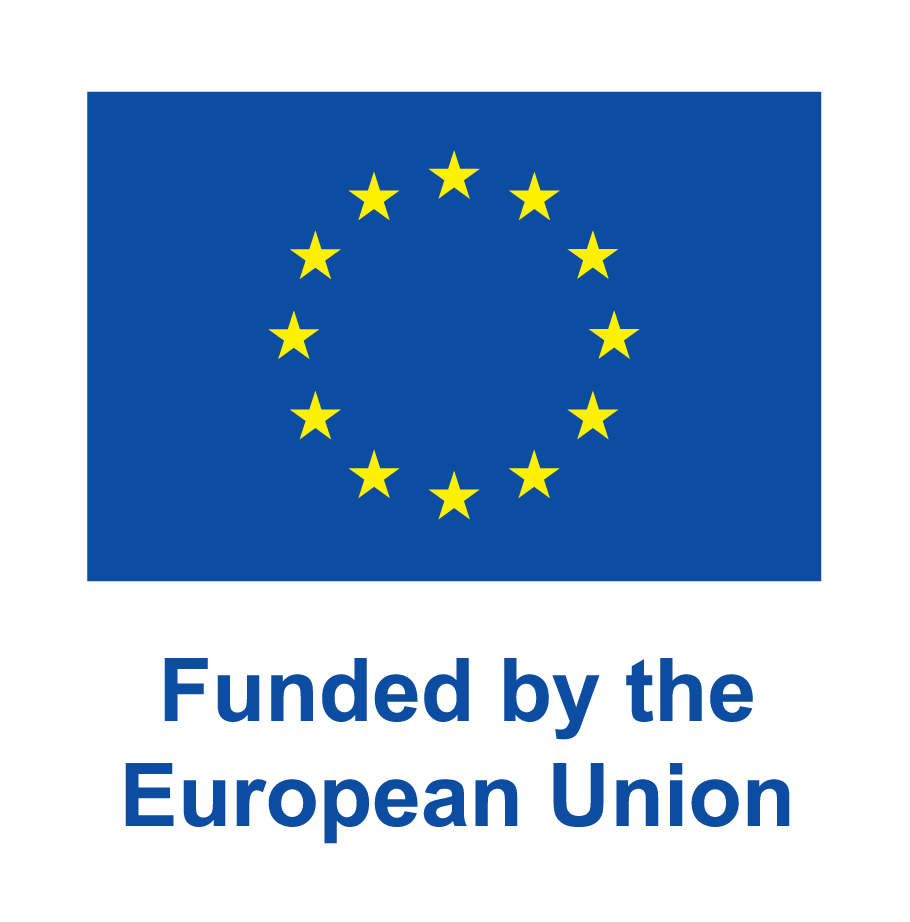Between 2015 and 2020, over 10,500 victims of human trafficking from outside the EU were registered in Europe*. Of this total number of victims, 8.5% were minors, and about 75% of the reports involved sexual or labor exploitation. The actual number of victims is expectedly much higher.
Identifying victims of human trafficking in Europe is major challenge
Recognising and identifying victims of human trafficking proves problematic in many European countries. Human trafficking is usually invisible. Victims often do not report themselves because they do not speak the language of the country they reside in, are afraid of the authorities, do not know about their EU rights, or do not see themselves as victims.
Early identification of human trafficking is crucial
However, recognising and identifying victims in an early stage is crucial for their safety. The earlier human trafficking is recognised, the sooner victims can receive help and protection. Early identification also promotes the investigation of traffickers, who can then be better prosecuted and convicted.
To enable early identification, countries are committed to:
- making it possible for victims to report themselves to the police (BG, CZ, DE, EE, ES, FR, IE, HU, IT, LU, LV, NL, PL, SE, SI, SK) or NGOs (BE, CY, CZ, DE, EL, ES, HR, LT, LU, LV, SK)
- proactively screening (potential) victims in asylum procedures (AT, BE, BG, CY, CZ, DE, EE, EL, ES, FI, FR, IE, HU, IT, LT, LU, LV, NL, PL, PT, SE, SI, SK; GE) and other migration procedures (BG, CY, CZ, EE, FI, HU, LU, LV, NL, PT, SE, SI, SK; GE)
- A telephone hotline for victims and the general public to report human trafficking (AT, BE, BG, CY, CZ, DE, EE, EL, ES, FI, HR, IE, LT, LV, PL, SI, SK; GE, NO)
- awareness campaigns in countries of origin, transit and arrival, both for asylum-seekers and regular migrants (AT, BE, CY, CZ, DE, EE, EL, ES, FI, FR, HR, IE, LT, LU, LV, MT, NL, PL, PT, SE, SI, SK; GE, NO)
- Checklists, including possible signs of trafficking, for organisations that may come into contact with (potential) victims (AT, BE, CY, EL, FI, HR, IE, LT, LU, LV, NL, PL, PT, SE, SI, SK; GE, NO)
- intelligence gathering, by the police (BE, BG, CY, CZ, DE, EE, EL, ES, FI, HR, IE, IT NL, LU, LV, PT, SE, SK; GE, NO), labour inspectorates (BG, CZ, EL, ES, HU, LU, LV, SE, SK, GE) or by collaborative groups of both ( BG, CZ, EL, ES, FI, HR, LU, LV, NL, SE, SI, SK)
Differentiation in approach to recognise and identify victims

In a number of countries (AT, CZ, FR, IE, LV, NL, PT, SE, SK; GE, NO) there is no formal identification of victims, this also applies to the Netherlands. However, sometimes a distinction is made between the organisations that can recognise victims and the organisation that deals with the identification of victims. In the Netherlands, for example, recognition is done by municipalities, doctors, organisations from the migration chain, schools, employers, and NGOs.
Formal identification of human trafficking
Other Member States do have formal identification processes (BE, BG, CY, CZ, DE, EE, EL, ES, FI, HR, HU, IT, LT, LU, MT, PL, SI). In most of these countries (BE, BG, CY, EL, ES, HR, LT, LU, MT, SI), multiple agencies can recognise victims and a single agency is responsible for identification. Formal identification often give victims more rights such as being able to obtain a residence permit as well as adequate assistance. In the Netherlands, a victim can obtain a temporary residence permit once a report is filed with the police.
The investigation services or special agencies are responsible for the identification of victims. In the Netherlands, only the National Police, the Royal Netherlands Marechaussee (KMar) and the Investigation Service of the Dutch Labour Inspectorate (ODNLA) can do this. In the Netherlands, this is not considered as identification, but it resembles the identification process by offering victims the residence scheme for victims of human trafficking and giving them a reflection period before reporting. During the reflection period of up to 3 months, the (potential) victim can decide whether or not to report to the police.
The Netherlands: partnerships against human trafficking
- The programme Together Against Human Trafficking ensures close cooperation at the policy level between organisations involved in the fight against human trafficking.
- At the implementation level, the Expertise Centre for Human Trafficking and Human Smuggling (EMM) has started the Cross-Domain Information-Driven Workflow (DIGW), which enables more victims of human trafficking to be identified. The Expertise Centre uses the collected information to improve the analyses on the nature and extent of human trafficking, and to develop procedures and policies.
- During the asylum process, those involved can report signs of human trafficking at an early stage to the Aliens, Identification and Human Trafficking Department (AVIM) of the National Police.
In addition, guardianship institution Nidos can place (potential) minor victims in the Protected Reception. The Protected Reception is intended for vulnerable young people who run a high risk of becoming victims of human trafficking, honour-related violence or child marriage.
Publication
- Description of study and study report: 'Study: Detecting, identifying and protecting victims of human trafficking'.
*Numbers recorded in the countries that cooperated in the EMN study on human trafficking


